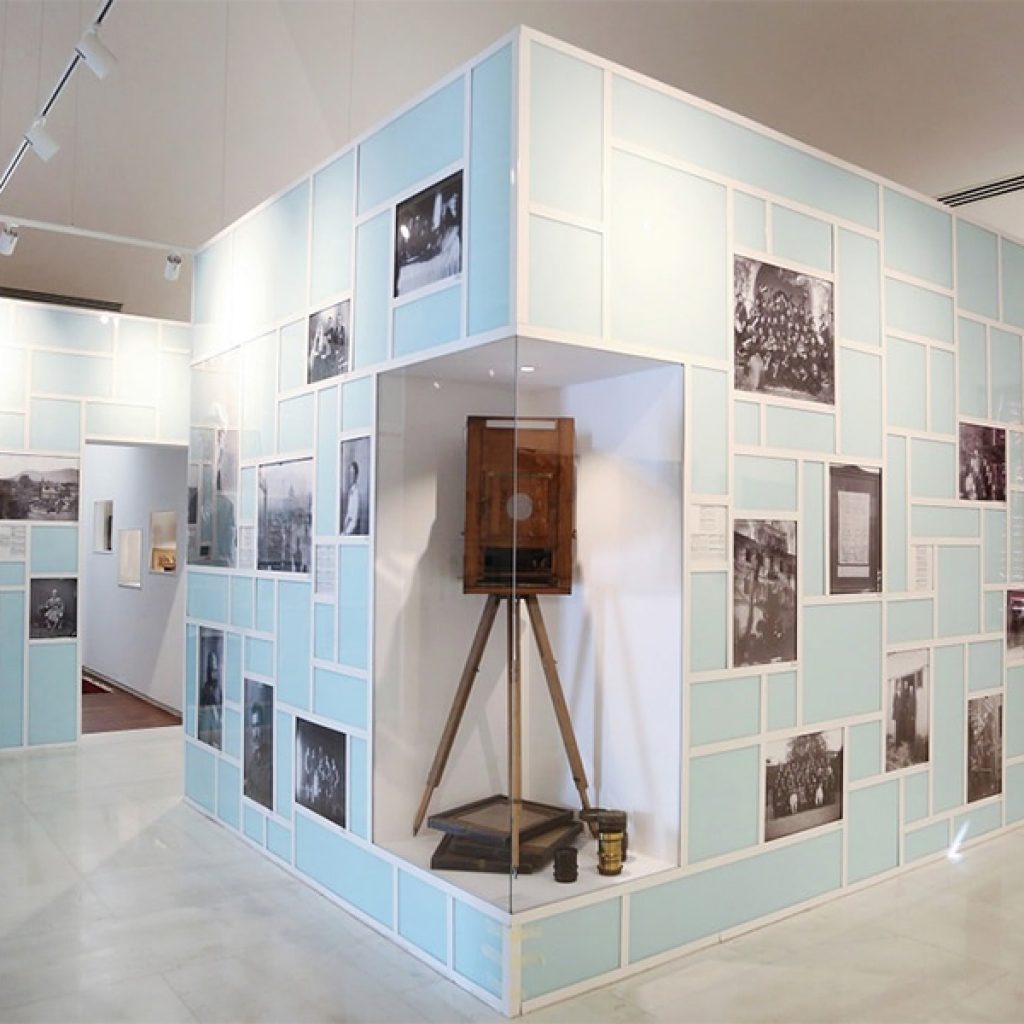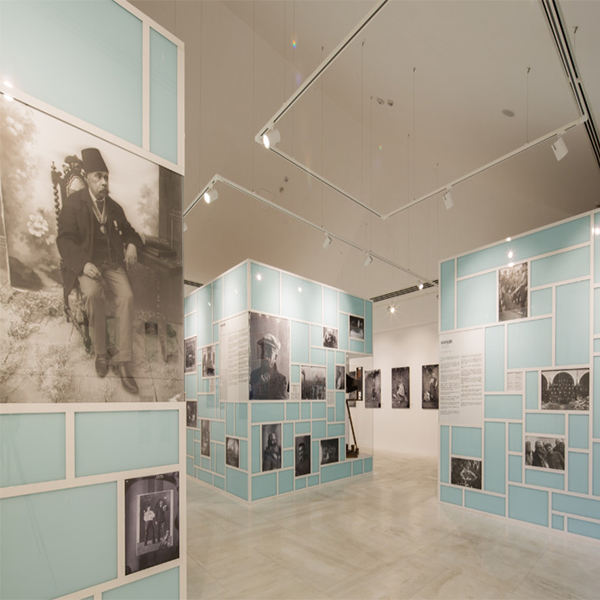History:
Marubi National Museum of Photography (Albanian: Muzeu Kombëtar i Fotografisë Marubi), also known as Marubi Museum, is a museum in Shkodër, Albania.
At the center of the museum project is the legacy of the ‘Photo-Studio Marubbi’, founded in 1856 by Pietro Marubbi, an Italian painter and photographer who came and settled in Shkodër at the time. The activity of the studio over the years, was directed and enriched by three generations of photographers, until the early 1950s, time when Gegë Marubi was forced to give oneself up to the communist collective anonymity, by joining other photographers in the photography unit of the former Repair-Services Cooperative.
In 1970 was founded the Marubi Photo-Studio with around 500,000 negatives in various techniques and formats. Later on, historical images from the archive were (in many cases) used to feed the communist propaganda machine. It was during this period that many of them appeared in the editions of the time manipulated and alienated.


The new museum, projected by the architectural studio Casanova + Hernandez, has been designed as a space which promote the dialogue between tradition and modernity, past and present. The heritage and tradition are emphasized by means of the restoration project of the historic building designed by Kole Idromeno – Albanian artist and architect, former student of Pietro Marubbi – while preserving its structural features.
From a Studio to an Archive and later a Museum of Photography
Italian Pietro Marubbi came to Albania in the second half of the 19th century. After passing the country from South to North, he moved to Shkodër. In that period, the city was flourishing and becoming an important center thanks to economic and cultural exchanges. Maybe the atmosphere in the city, encouraged him to start the art of photography and open his first studio.
As Pietro’s first adjutants were the sons of his gardener Rrok Kodheli from the area of Zadrima who later continued the art of photography. His two sons, Mati Kodheli, who died at a very young age and his younger brother Kel Kodheli, went to Trieste in the “Sebastianutti & Benque” studio to learn the mastery and secrets of photography. Kel followed the path of his master, Pietro in the same field inheriting the studio and also his surname. The studio was continued by his son Gegë Kodheli (Marubi) who attended photography courses for some years and later the school for cinematography and photography of the Lumière brothers in France. What we note in the three generations of photographers is their desire to be contemporary and adapt to the time and the context from a socio-esthetic and technological point of view. In the same period, in Shkodër other photography studios were opened, most of them from the Marubi students. Here we can mention Dritëshkroja e Kolës (1886), Fotografija Pici (1924), Foto Jakova (1932), Foto Rraboshta (1943).
The Marubi atelier preserved its originality for over one century, but in the beginning of the 1950s it was handled to the communist anonymity joining other photographers in a cooperative. In a time when all private activities were prohibited, the last of the Marubi found it impossible to use, promote and preserve the work he and his predecessor had done, so in 1970 Gegē Marubi donated the family archive to the state. Other photographers of the city ateliers did the same. These photographers who were children when they studied in the “Dritëshkroja Marubi” became part of the Phototeque, not as students, but as authors of their own photography collection. The new Marubi Phototeque, a section of the City Museum administrated by the Municipality of Shkodër, was founded from an archive of almost half a million glass negatives. From 2003 the archive is under the direct supervision of the Ministry of Culture.
On May 9, 2016, the Marubi National Museum of Photography was inaugurated with the collection of the Marubi Phototeque.

